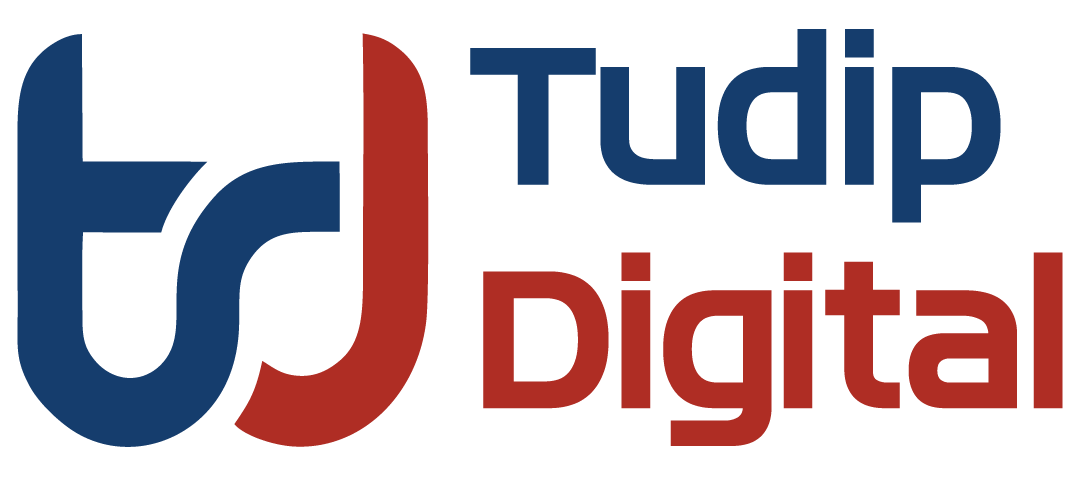Secured and managed Kubernetes service with four-way auto scaling and multi-cluster support. New customers get $300 in free credits to spend on Google Cloud during the first 90 days. All customers get one zonal cluster per month for free, not charged against your credits.
Benefits
- Speed up app development without sacrificing security: Develop a wide variety of apps with support for stateful, serverless, and application accelerators. Use Kubernetes-native CI/CD tooling to secure and speed up each stage of the build-and-deploy life cycle.
- Streamline operations with release channels: Choose the channel that fits your business needs. Rapid, regular, and stable release channels have different cadences of node upgrades and offer support levels aligned with the channel nature.
- Manage infrastructure with Google SREs: Get back time to focus on your applications with help from Google Site Reliability Engineers (SREs). Our SREs constantly monitor your cluster and its computing, networking, and storage resources.
Key Features
Kubernetes applications:
Enterprise-ready containerized solutions with prebuilt deployment templates, featuring portability, simplified licensing, and consolidated billing. These are not just container images, but open source, Google-built, and commercial applications that increase developer productivity, available now on Google Cloud Marketplace.
Pod and cluster autoscaling:
Horizontal pod autoscaling based on CPU utilization or custom metrics, cluster autoscaling that works on a per-node-pool basis and vertical pod autoscaling that continuously analyzes the CPU and memory usage of pods and dynamically adjusts their CPU and memory requests in response. Automatically scales the node pool and clusters across multiple node pools, based on changing workload requirements.
Workload and network security:
GKE Sandbox provides a second layer of defense between containerized workloads on GKE for enhanced workload security. GKE clusters natively support Kubernetes Network Policy to restrict traffic with pod-level firewall rules. Private clusters in GKE can be restricted to a private endpoint or a public endpoint that only certain address ranges can access.
How Kubernetes work?
Kubernetes works by managing a cluster of compute instances and scheduling containers to run on the cluster based on the available compute resources and the resource requirements of each container. Containers are run in logical groupings called pods and you can run and scale one or many containers together as a pod.
Kubernetes control plane software decides when and where to run your pods, manages traffic routing, and scales your pods based on utilization or other metrics that you define. Kubernetes automatically starts pods on your cluster based on their resource requirements and automatically restarts pods if they or the instances they are running on fail. Each pod is given an IP address and a single DNS name, which Kubernetes uses to connect your services with each other and external traffic.
Why we use Kubernetes?
Because Kubernetes is an open source project, you can use it to run your containerized applications anywhere without needing to change your operational tooling. Kubernetes is maintained by a large community of volunteers and is always improving. Additionally, many other open source projects and vendors build and maintain Kubernetes-compatible software that you can use to improve and extend your application architecture.
- RUN APPLICATIONS AT SCALE: Kubernetes lets you define complex containerized applications and run them at scale across a cluster of servers.
- SEAMLESSLY MOVE APPLICATIONS: Using Kubernetes, containerized applications can be seamlessly moved from local development machines to production deployments on the cloud using the same operational tooling.
- RUN ANYWHERE: Run highly available and scalable Kubernetes clusters on AWS while maintaining full compatibility with your Kubernetes deployments running on-premises.
- ADD NEW FUNCTIONALITY: As an open source project, adding new functionality to Kubernetes is easy. A large community of developers and companies build extensions, integrations, and plugins that help Kubernetes users do more.






